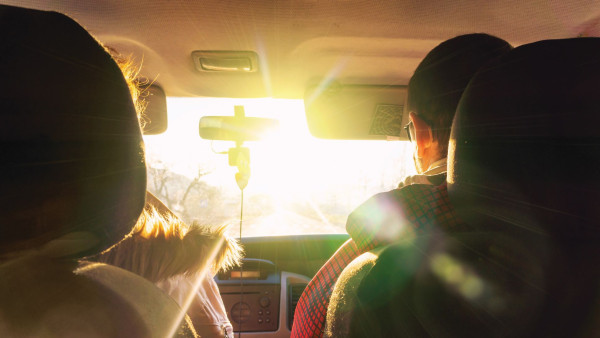Sunstrike can happen at any time during the day, but most likely during sunrise or sunset, when the sun’s rays hit your windscreen at a low angle. This can make it difficult, or even impossible, to see. This is a very dangerous condition to drive in. Follow these guidelines to avoid a crash.
Reducing the danger of sunstrike
- Be prepared for possible sunstrike when driving at sunrise or sunset, especially when turning or driving towards the sun.
- Be especially careful in winter, when sunstrike is more likely, because the sun is lower in the sky.
- Keep your windscreen clean, inside and out. Dust and grime on the windscreen can make the effects of sunstrike much worse.
- Wear sunglasses when driving with the sun in your eyes.
- Use your car’s sun visors to block the sun.
- If you experience sunstrike, it may be safest to pull over and wait for a few minutes until your eyes adjust or visibility improves.
- Be careful if snow has fallen and the sky is clear – sunlight shining on snow can cause snow blindness, which produces similar effects to sunstrike.

